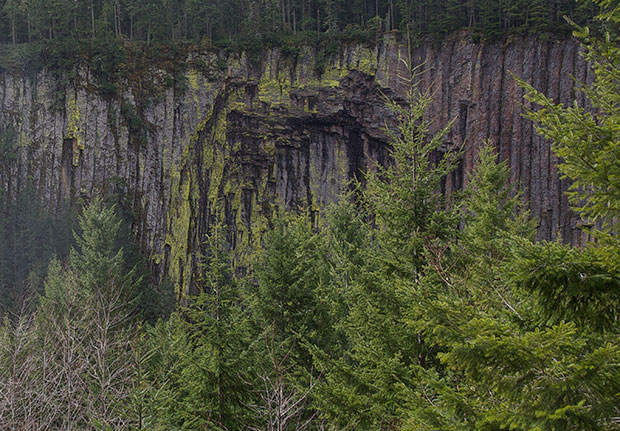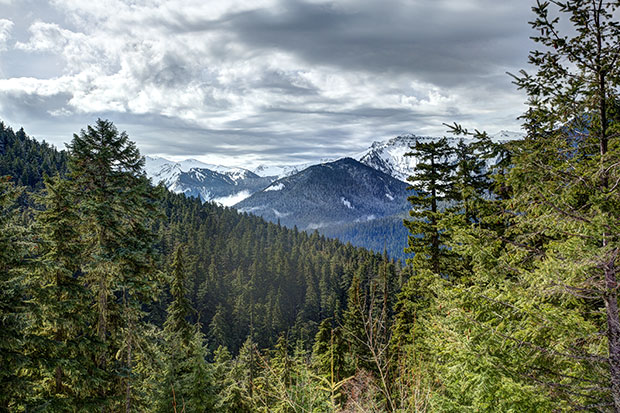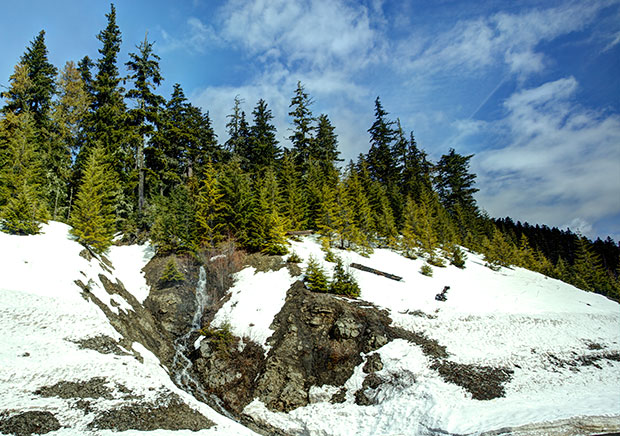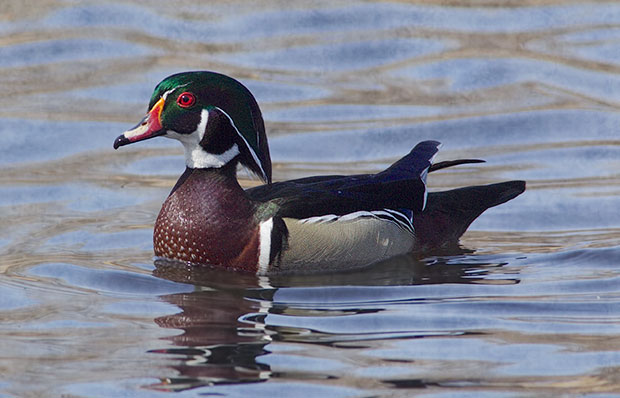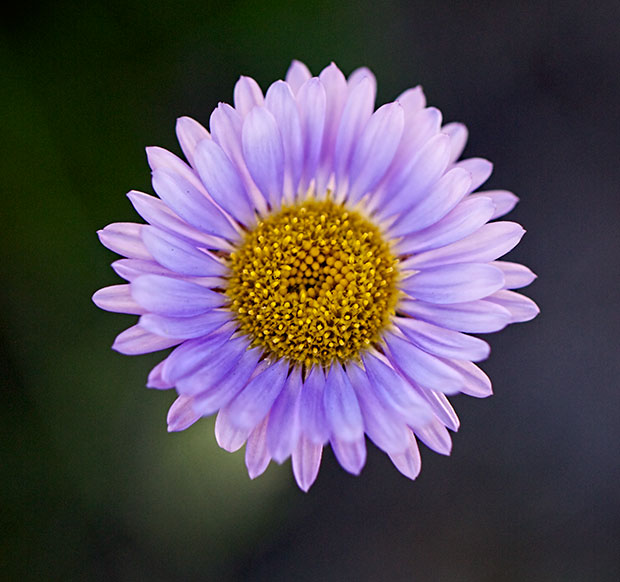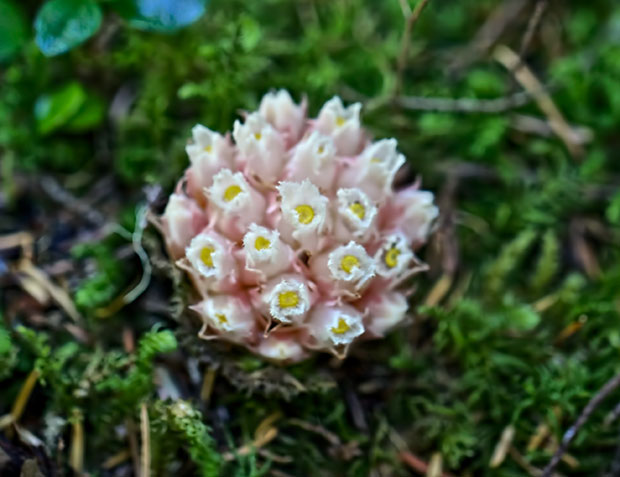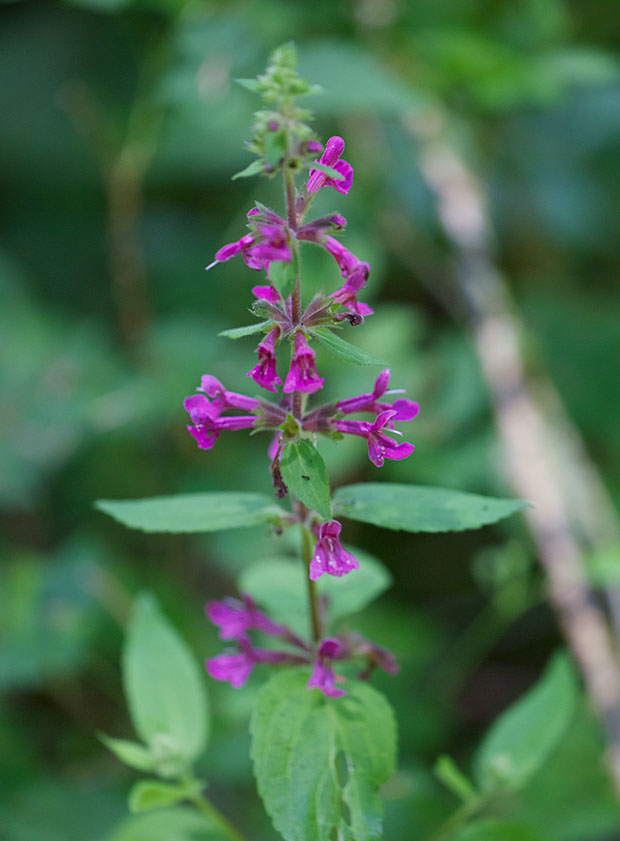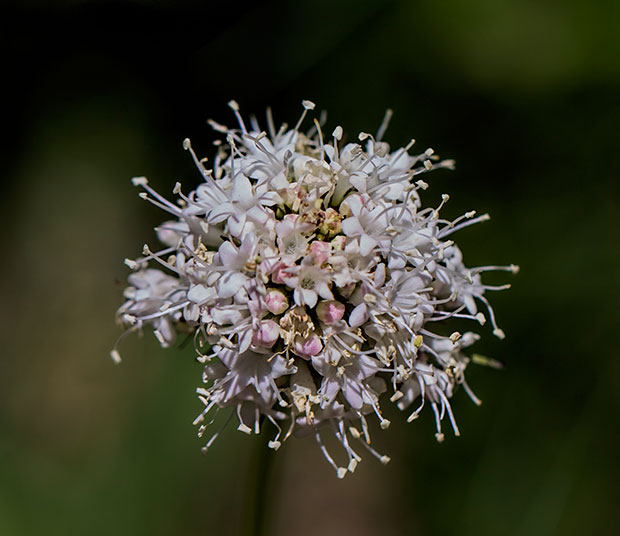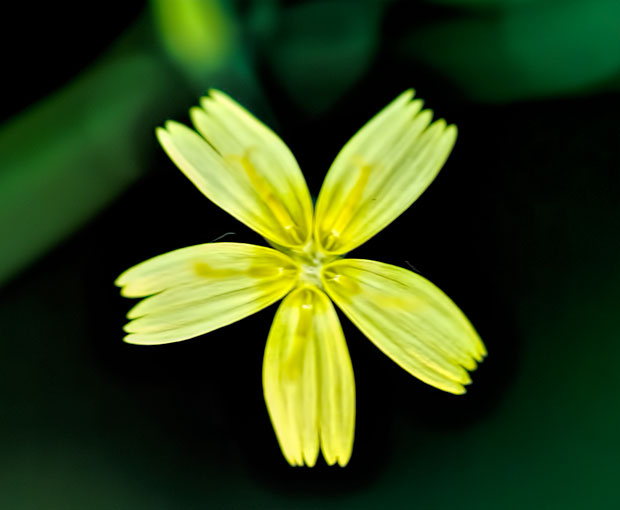Washington State isn’t known as “The Evergreen State” for nothing; most of our forests are made up of Firs, Cedars, or Pines, so we don’t experience the kind of colorful Fall season that states like Vermont do. But that doesn’t mean we can’t experience Fall colors with a little effort — and the best place to do so this time of year is in the mountains, as seen in this shot taken on our recent Rainier trip.
Personally, I feel Fall colors stand when contrasted with our evergreens,
even if the color comes from low-growing shrubs and not trees.
That’s not to say there are no deciduous trees, but they are few and far between since they can’t compete with evergreen forests for light. Here in the Pacific Northwest you’re more likely to see a Vine Maple
than a Maple Tree, and more often than not it will reach out from underneath a fir.
Most of the color, though, comes from colorful shrubs like huckleberries or brilliant shrubs like this
or this.
I was sorry that we missed the meadow flowers this year, but the brilliant Fall leaves helped to assuage my disappointment, especially since my plans to visit Indian Heaven when the huckleberry plants were turning Fall colors fell also through due to rain.
Soon these leaves will all drop or be covered by snow, but hopefully their brilliant colors will serve as an amulet against the grey skies that have begun to envelop the Pacific Northwest, especially since this is supposed to be a long, wet winter.











